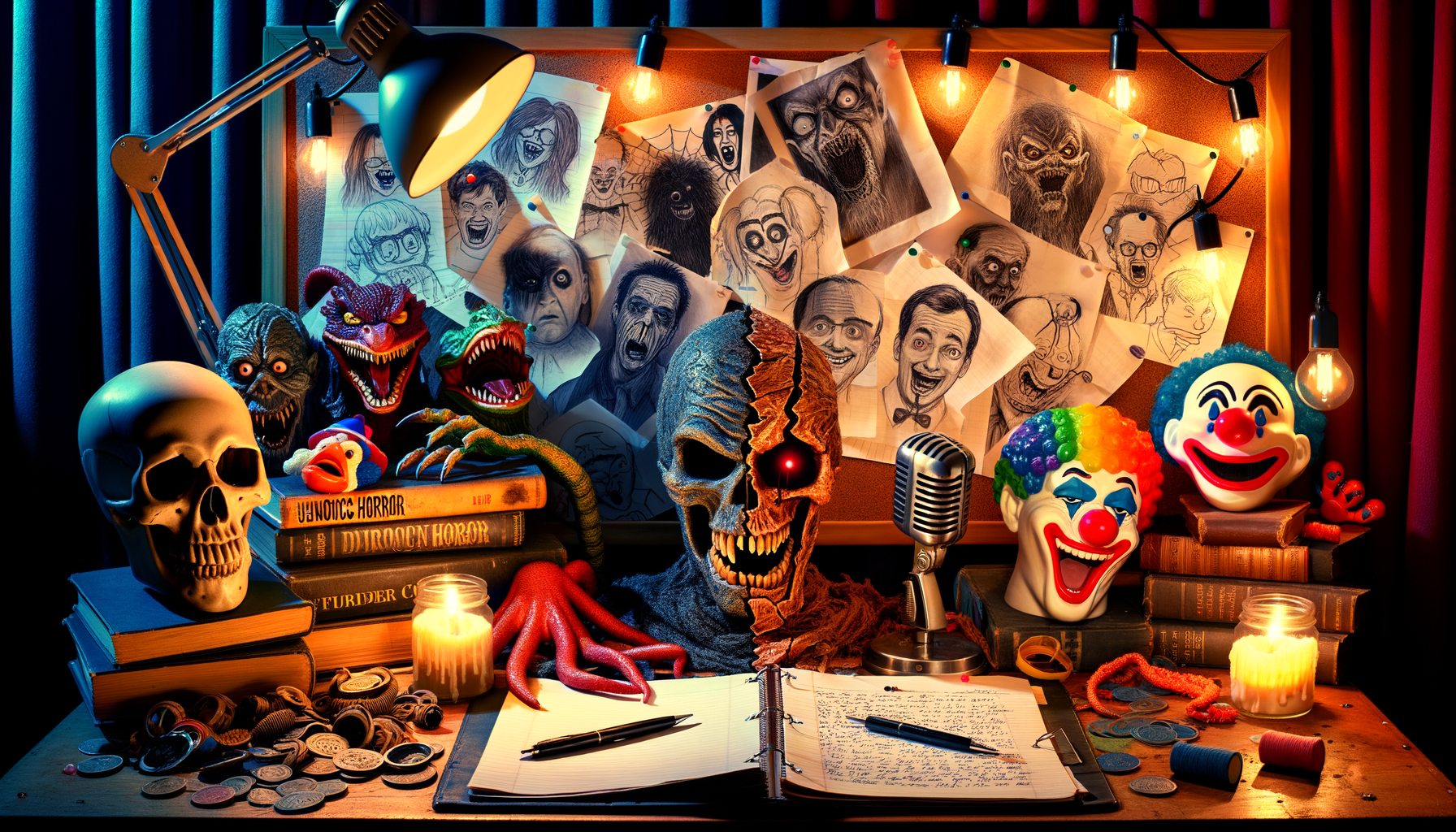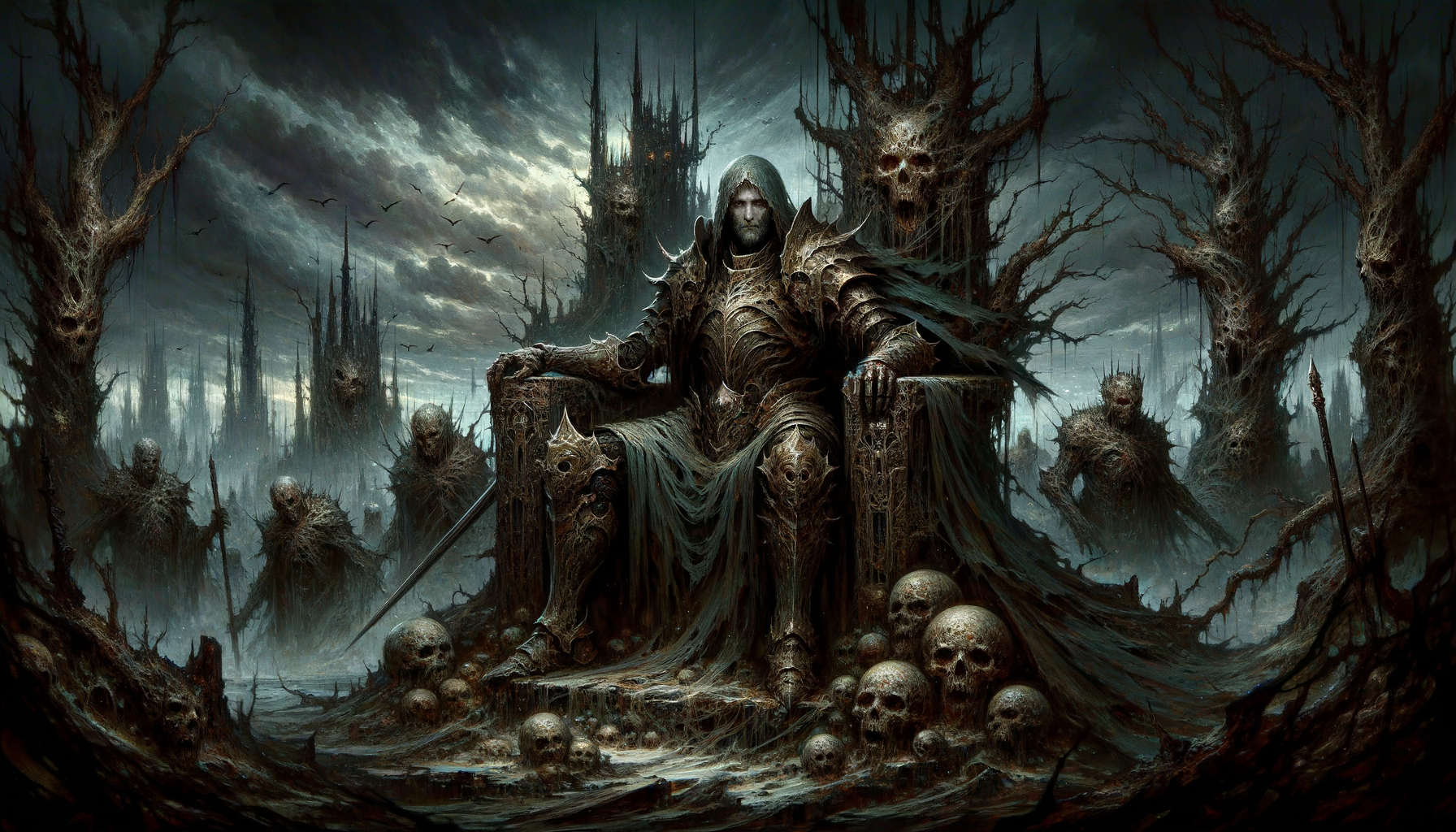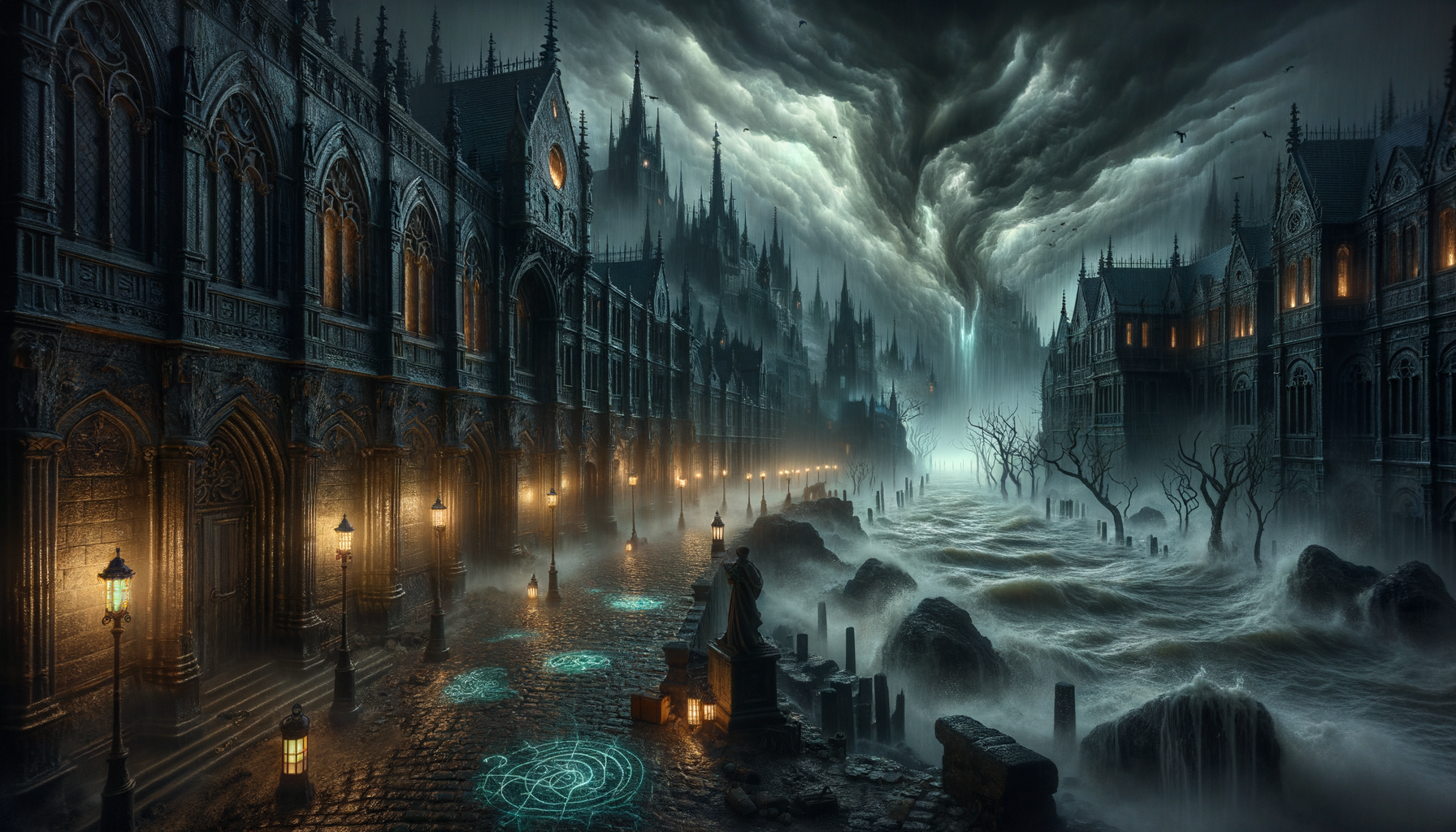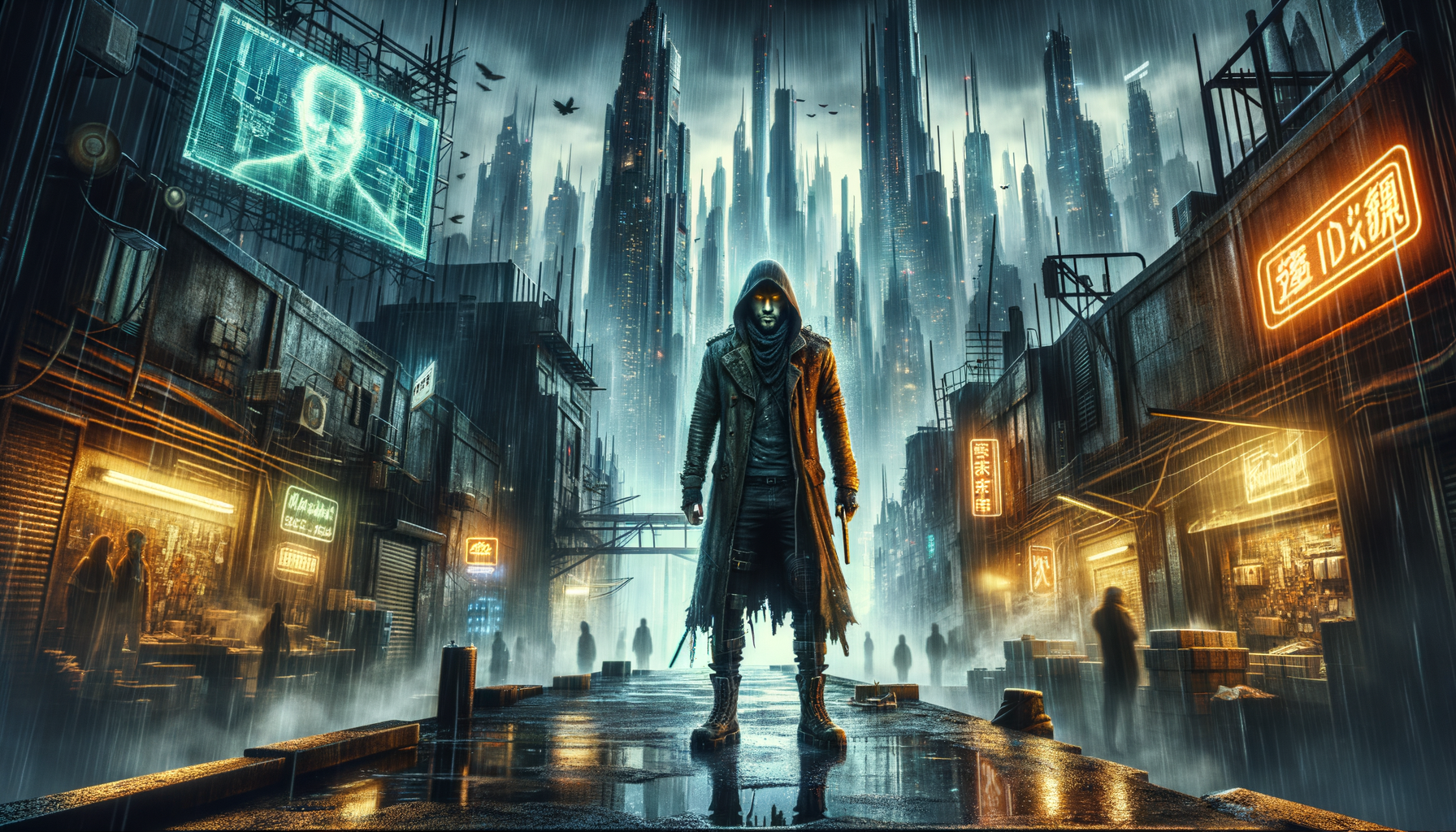Writing horror-comedy for television is no small feat—it’s a delicate balance between spine-chilling moments and laugh-out-loud humor. This genre is unique because it requires not just a mastery of two different tones, but also a deep understanding of pacing and timing. Did you know that horror-comedy shows have increased in popularity by over 30% in the past five years? This shows there’s a growing audience for this complex genre. So, how exactly does one craft a successful horror-comedy series that both terrifies and entertains? Let’s dive in and explore the many challenges that writers face when tackling this intriguing genre.
Balancing Horror and Comedy Elements
The Importance of Timing: How to Perfectly Time Scares and Jokes
Timing is everything when it comes to balancing horror and comedy. A well-timed scare can immediately be followed by a joke to release the tension, creating a rollercoaster of emotions for the audience. Think of it like a dance; both elements need to complement each other without stepping on each other’s toes. For example, in a scene where a character is tiptoeing through a dark room, the scare could come from an unexpected source, immediately followed by a humorous reaction from the character. This not only keeps the audience engaged but also makes the horror more palatable.
Pacing: Why Getting the Pace Right is Crucial for Blending Horror and Comedy
Pacing is another critical aspect. If the story moves too quickly, it can feel disjointed, and neither the horror nor the comedy will have the desired impact. Conversely, if it moves too slowly, the audience may lose interest. A balanced pacing allows for moments of suspense to build up, followed by comedic relief that feels earned. It’s like cooking a dish; you need to let certain ingredients simmer while adding spices at just the right moment to create a perfect blend.
Tone Consistency: Maintaining a Consistent Tone Throughout the Series
Maintaining a consistent tone is vital for keeping the audience immersed. If the tone shifts too drastically between horror and comedy, it can be jarring and pull the viewer out of the experience. A consistent tone ensures that the transitions between scary and funny moments feel natural. One way to achieve this is by setting clear rules for your universe. Once the audience understands the rules, they are more willing to go along for the ride, no matter how wild it gets.
Character Development in Horror-Comedy
Creating Relatable Characters: Why Relatable Characters are Essential for Audience Engagement
Relatable characters are the glue that holds a horror-comedy together. If the audience can see themselves in the characters, they are more likely to be invested in their journey. This investment makes the scares scarier and the jokes funnier. For instance, a character who reacts to a ghost by making a sarcastic comment is more relatable than one who just screams and runs away. Their relatability makes their experiences more impactful.
The Role of Protagonists and Antagonists: Balancing Their Comedic and Horrific Aspects
Balancing the comedic and horrific aspects of protagonists and antagonists is crucial. The protagonist should be someone the audience roots for, even if they have a knack for getting into ridiculous situations. On the other hand, the antagonist should be terrifying but also have moments of absurdity that make them memorable. This balance makes the conflict more engaging and the resolution more satisfying.
Secondary Characters: How to Use Them for Both Comic Relief and Additional Scares
Secondary characters are often the unsung heroes of horror-comedy. They can provide comic relief when the tension gets too high or deliver unexpected scares that keep the audience on their toes. Think of them as the seasoning in your dish; they add flavor and depth, making the overall experience richer. For example, a bumbling sidekick who accidentally triggers a scare can provide both a laugh and a jolt of fear.
Audience Expectations and Genre Conventions
Understanding Your Audience: Who Watches Horror-Comedy and What Do They Expect?
Understanding your audience is the first step in meeting their expectations. Horror-comedy fans are usually looking for a mix of thrills and laughs, and they often appreciate clever writing and unexpected twists. Knowing what your audience expects allows you to deliver a satisfying experience while also surprising them in delightful ways.
Mixing Genres: The Do’s and Don’ts of Blending Horror with Comedy
Mixing genres can be tricky, but there are some do’s and don’ts that can guide you. Do find a balance between horror and comedy that feels natural. Don’t rely too heavily on one element at the expense of the other. Do use humor to enhance the horror, and vice versa. Don’t forget to respect the conventions of both genres while also finding ways to subvert them.
Breaking and Subverting Tropes: How to Keep the Genre Fresh and Interesting
Breaking and subverting tropes is a great way to keep the genre fresh. Audiences love when their expectations are turned on their heads, especially in a genre that can sometimes feel formulaic. For example, you could take a well-known horror trope, like the “final girl,” and give it a comedic twist that still honors the original concept. This keeps the audience engaged and excited to see what happens next.
Writing Techniques Unique to Horror-Comedy
Dialogue: Crafting Lines That Are Both Funny and Fitting for Horror
Crafting dialogue that is both funny and fitting for horror is an art form. The key is to make sure the humor arises naturally from the situation and the characters, rather than feeling forced. For instance, a character might make a darkly humorous comment in a moment of tension, which not only provides a laugh but also deepens their characterization.
Visual Humor vs. Verbal Humor: Using Different Forms of Humor Effectively
Visual humor and verbal humor each have their own strengths. Visual humor can be more immediate and impactful, while verbal humor can add layers of wit and nuance. Using both effectively can create a richer experience. For example, a visual gag like a character slipping on a banana peel can be followed by a witty one-liner that adds an extra layer of humor.
Build-Up and Payoff: Setting Up Jokes and Scares for Maximum Impact
The build-up and payoff are crucial for both jokes and scares. A well-set-up joke or scare can have a much greater impact than one that comes out of nowhere. For example, you can build up tension by showing a character’s increasing paranoia, only to have it culminate in a scare that is immediately diffused by a humorous twist. This not only keeps the audience engaged but also makes the experience more memorable.
Examples of Successful Horror-Comedy Shows
Analyzing Popular Shows: What Makes Them Successful?
Analyzing popular horror-comedy shows can provide valuable insights. Shows like “Ash vs. Evil Dead” and “What We Do in the Shadows” are successful because they masterfully blend horror and comedy while maintaining a consistent tone and pacing. They also feature relatable characters and clever writing that keeps the audience coming back for more.
Lessons from the Best: Key Takeaways from Hit Horror-Comedy Series
From these hit series, we can learn several key takeaways. First, balance is crucial; neither horror nor comedy should overpower the other. Second, character development is essential for audience engagement. Finally, respecting genre conventions while also finding ways to subvert them can keep the genre fresh and exciting.
Pitfalls to Avoid: Common Mistakes and How to Steer Clear of Them
There are also common pitfalls to avoid. One major mistake is relying too heavily on clichés, which can make the story feel predictable and stale. Another is neglecting the pacing, which can lead to a disjointed experience. By being aware of these pitfalls, you can steer clear of them and create a more compelling horror-comedy series.
Conclusion
Writing horror-comedy for television is undeniably challenging, but incredibly rewarding. From balancing horror and humor to meeting audience expectations, the hurdles are many but not insurmountable. Whether you’re an aspiring writer or a seasoned professional, mastering these elements can set you on the path to creating the next big hit in horror-comedy. So why not give it a shot? Embrace the challenge, and you might just scare—and amuse—your viewers like never before!




